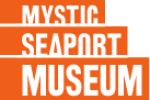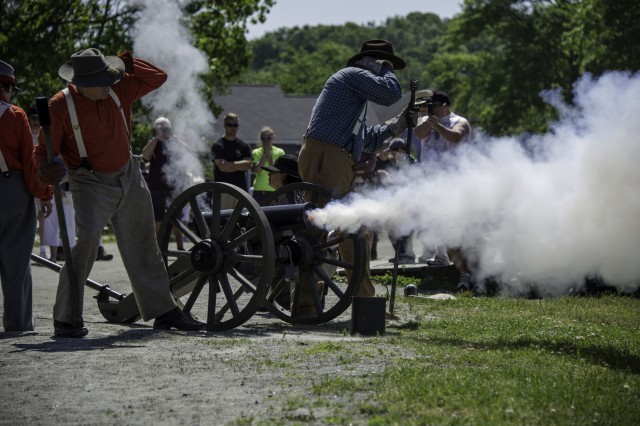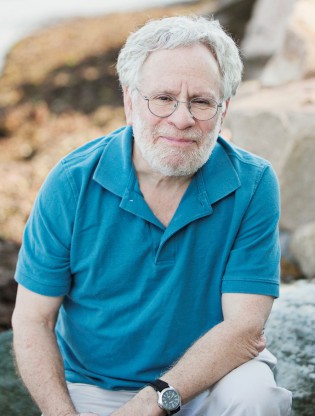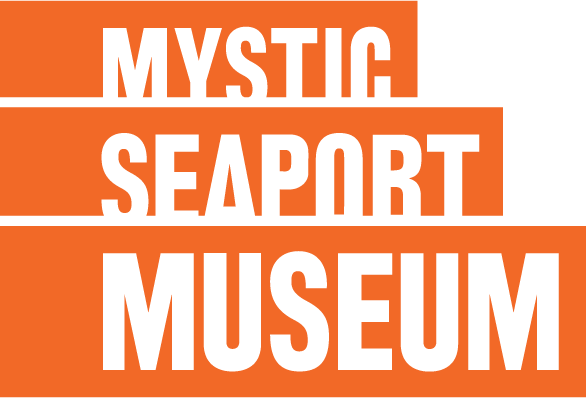Carlton is committed to a curriculum that inspires undergraduates to pursue integrated investigations in the field of maritime studies. More than 1,000 students have passed through the program during Carlton’s tenure and many cite him as a major influence in their professional development.
“Jim Carlton leaves behind the strongest of intellectual legacies. There are just a handful of names that are synonymous with the success and the far reaches of Williams-Mystic, and Jim Carlton is one of them,” said Steve White, president of Mystic Seaport. “His leadership has been exemplary with respect to the overall program, and his students will testify that he was instrumental in changing their lives through the various interdisciplinary experiences both at Mystic Seaport and through the field seminars.”
Susan Funk, now executive vice president of Mystic Seaport, was a student in the very first Williams-Mystic class in 1977. In her words, Carlton is “inspirational in the full sense of the term.”
“His enthusiasm is boundless as he leads students in exploration of all aspects of the American maritime experience. A gifted marine biologist with a passion as broad as his knowledge, his legacy is evident in the national and international web of alumni committed to the future of the ocean environment,” she said.
Carlton has amassed a remarkable list of achievements, honors, and awards. He is the founding Editor-in-Chief of the international journal Biological Invasions. He is a Pew Fellow in Marine Conservation, a Fellow of the American Association for the Advancement of Science (AAAS), a Fellow of the California Academy of Sciences, a Distinguished Research Fellow of the University of California, and a Duke University Conservation Scholar. He was the first scientist to receive the federal government’s Interagency Recognition Award for his national and international work to reduce the impacts of exotic invasions in the sea. He was Co-Chair of the Marine Biodiversity Committee of the National Academy of Sciences, which produced Understanding Marine Biodiversity: A Research Agenda for the Nation. Carlton has testified nine times before the United States Congress (Senate and House subcommittees) concerning legislation involving invasive species in his capacity as an expert in the field. He was featured in the nationally broadcast PBS-National Geographic series “Strange Days on Planet Earth,” is annually heard on NPR, and was named by the Smithsonian Institution as an “Ocean Hero.”
Carlton is not retiring. Rather, he will transition to a pure research role and continue his work studying the continuing effects of the 2011 tsunami in Japan and other projects based in the Galapagos Islands.
Mystic Seaport extends a sincere thank you to Jim Carlton for his years of exemplary service.





